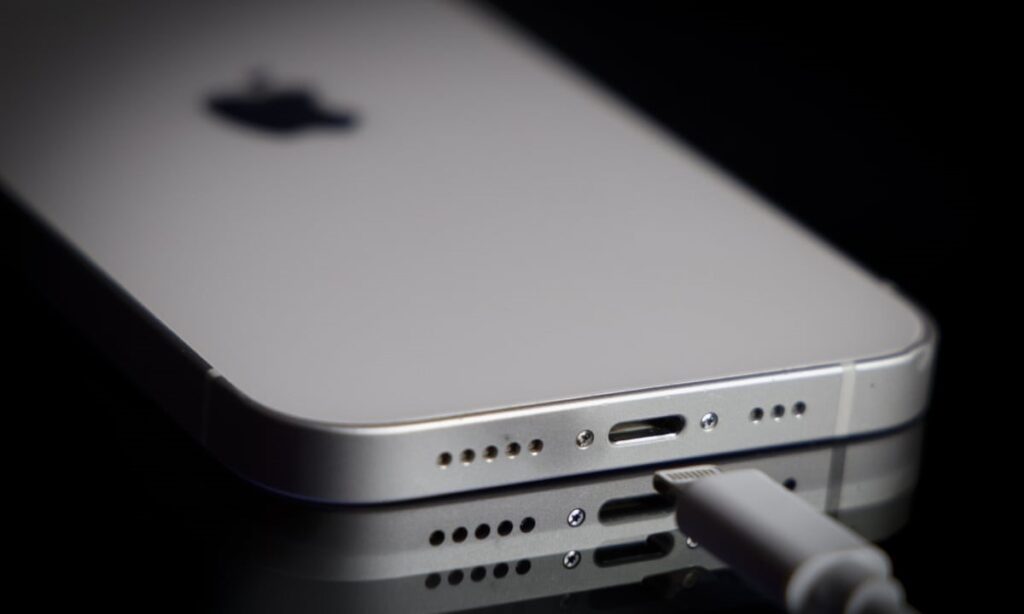Apple’s iPhone 15 Abandons Lightning Port for EU-Mandated USB-C

Apple has officially confirmed that its upcoming iPhone, the iPhone 15, will no longer incorporate its proprietary lightning charging port due to pressure from the European Union (EU). Instead, the tech giant announced that it would adopt the USB-C cable, recognised as a “universally accepted standard,” for this new device.
At its annual event on Tuesday, Apple also introduced a new series of the Apple Watch, featuring an upgraded chip. However, some industry analysts expressed disappointment, noting the absence of “headline-grabbing” innovations from Apple this year.
To address the transition, Apple introduced a USB-C-to-lightning port adapter priced at £29 ($36). This adapter allows users to connect their existing lightning port accessories to the new USB-C-enabled iPhones and iPads.
The iPhone 15, set to hit the market next week, marks the first time since 2012 that Apple has departed from its proprietary charging port. The company emphasised that the USB-C cable, already compatible with many Apple laptops and iPads, will also work with the latest AirPods Pro earphones and wired EarPods headphones.
The EU had urged Apple to abandon its proprietary charging ports to benefit consumers, reduce costs, and promote the re-use of chargers, ultimately reducing electronic waste. However, critics argue that this shift may lead to more discarded cables in the future.
In response, during its product launch event, Apple made a series of environmental commitments. These included making its new Apple Watch range carbon neutral for the first time, as well as increasing the use of recycled materials in batteries and other components of the Watch and iPhone. Apple also pledged to cease using leather in any of its accessories and committed to achieving carbon neutrality as a company by 2030.
Apple CEO Tim Cook touted the iPhone 15 range as the “best and most capable iPhones we’ve ever made. The iPhone 15 and 15 Plus boast enhanced screens and camera systems, while the high-end iPhone 15 Pro and Pro Max feature titanium frames to improve durability. The Pro and Pro Max models also introduce an “action button” that can be customised for various functions.
Despite these improvements, some experts questioned whether consumers would be willing to pay the premium prices for these devices, given their relatively modest differences compared to their predecessors.
